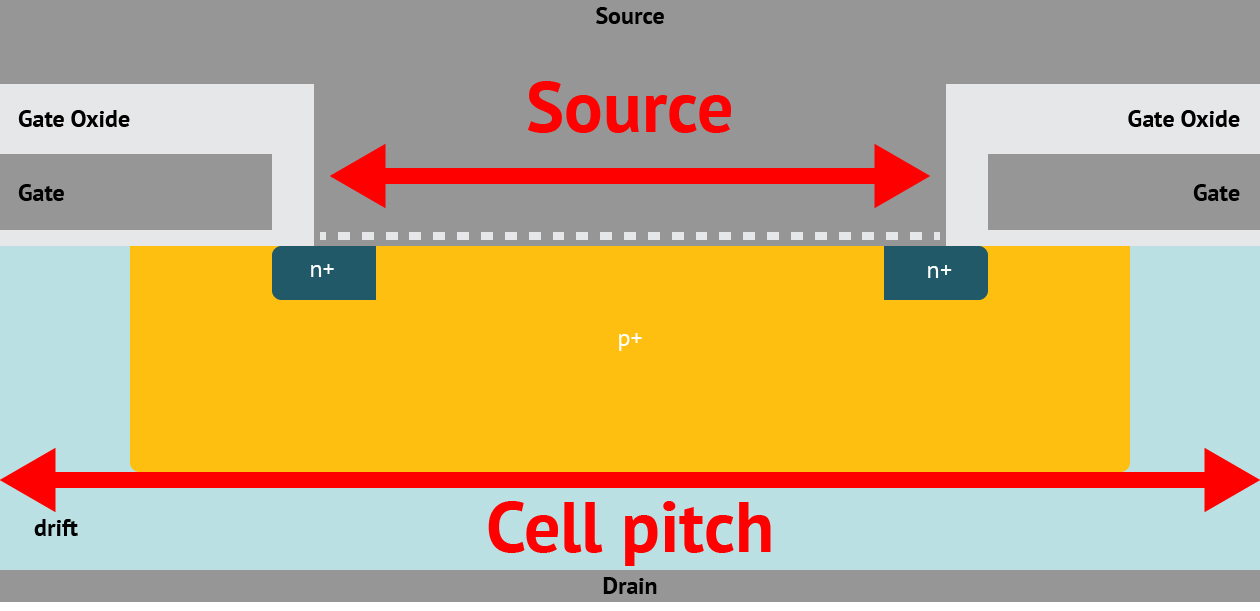Trench-Assisted Planar Technology
Trench-Assisted
Planar Technology
20 Years of SiC Innovation Leadership
Up to 20% lower RDS(ON) at elevated temperature
Enables lower conduction losses and cooler performance.
Up to 15% lower switching losses
Faster & efficient high frequency switching for higher power density.
Unparalleled reliability
In high-voltage/temp/humidity, high dv-dt.
Up to 20% lower RDS(ON) at elevated temperature
Enables lower conduction losses and cooler performance.
Up to 15% lower switching losses
Faster & efficient high frequency switching for higher power density.
Unparalleled reliability
In high-voltage/temp/humidity, high dv-dt.


Traditional Planar
(Simple Structure)


Trench-Assisted Planar
(Simple Structure)

Standard Trench
(Complex Structure)

Trench-gate requires 40% more process steps than Planar-gate
Higher production cost & increased complexity for Trench.

Traditional Planar
(Non-Optimized)


Trench-Assisted Planar
(Optimized)

Novel Source contact on trench-side wall
Enables smaller cell-pitch and increased power density.

Standard Trench
(Highest Voltage Stress)

Traditional Planar
(Medium Voltage Stress)


Trench-Assisted Planar
(Lowest Voltage Stress)

Multi-Step Profile drives smooth electric-field distribution
Increases long term reliability.

Traditional Planar
(High RDS(ON) )


Trench-Assisted Planar
(Low RDS(ON) )

Multi-Step Profile enables better current spreading
Enables lower RDS(ON).

Standard Trench
(High RDS(ON) shift vs temp)
Traditional Planar
(High RDS(ON) shift vs temp)
Trench-Assisted Planar
(Low RDS(ON) shift vs temp)

Standard Trench
(High RDS(ON) shift vs temp)

Traditional Planar
(High RDS(ON) shift vs temp)


Trench-Assisted Planar
(Low RDS(ON) shift vs temp)

Optimized for lower RDS(ON) temp shift
Provides up to 20% lower conduction losses.